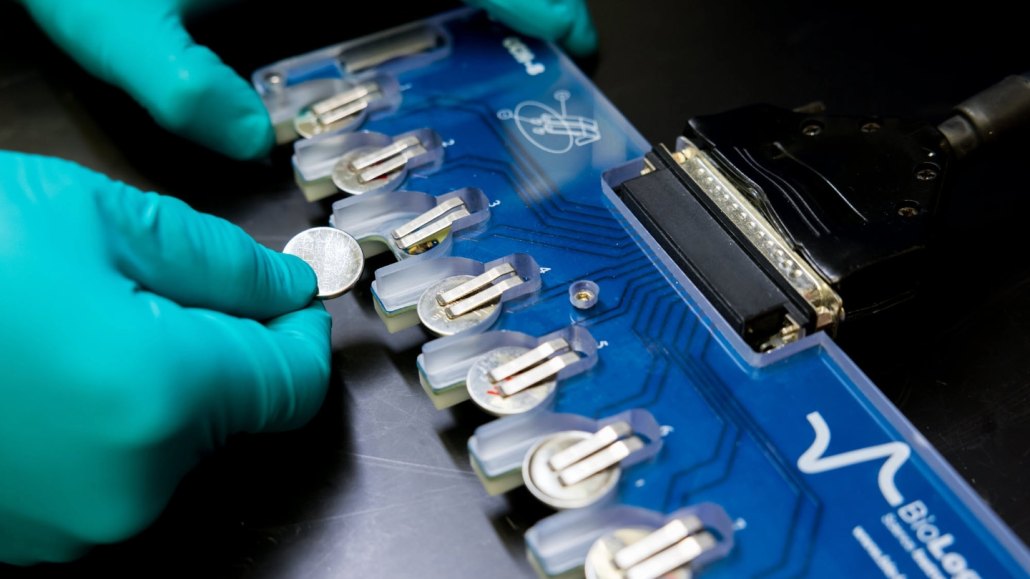Artificial intelligence helped scientists create a new type of battery
The process identified 23 promising materials from 32 million candidates in just 80 hours

A new type of battery, based on a material discovered with the help of AI, is shown being tested in the laboratory.
Dan DeLong/Microsoft